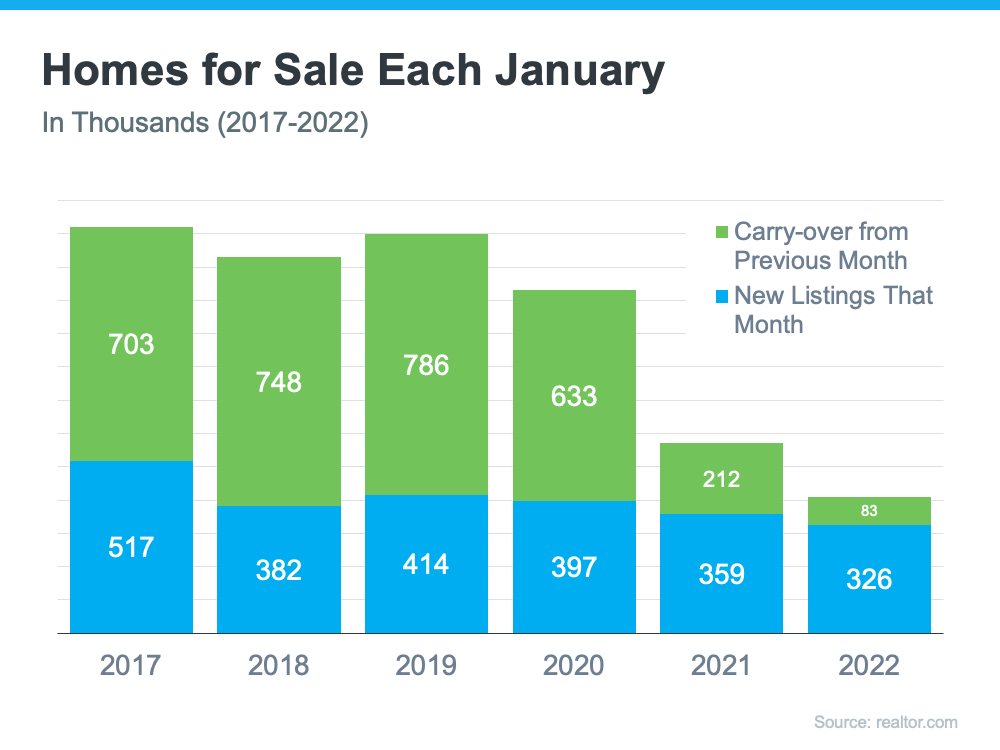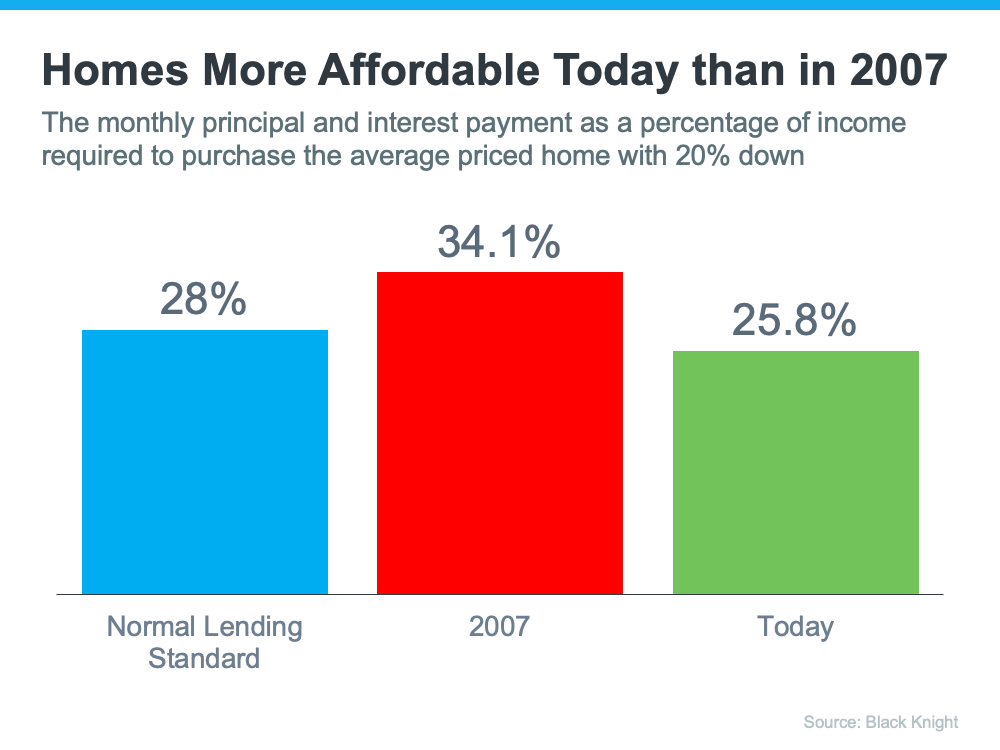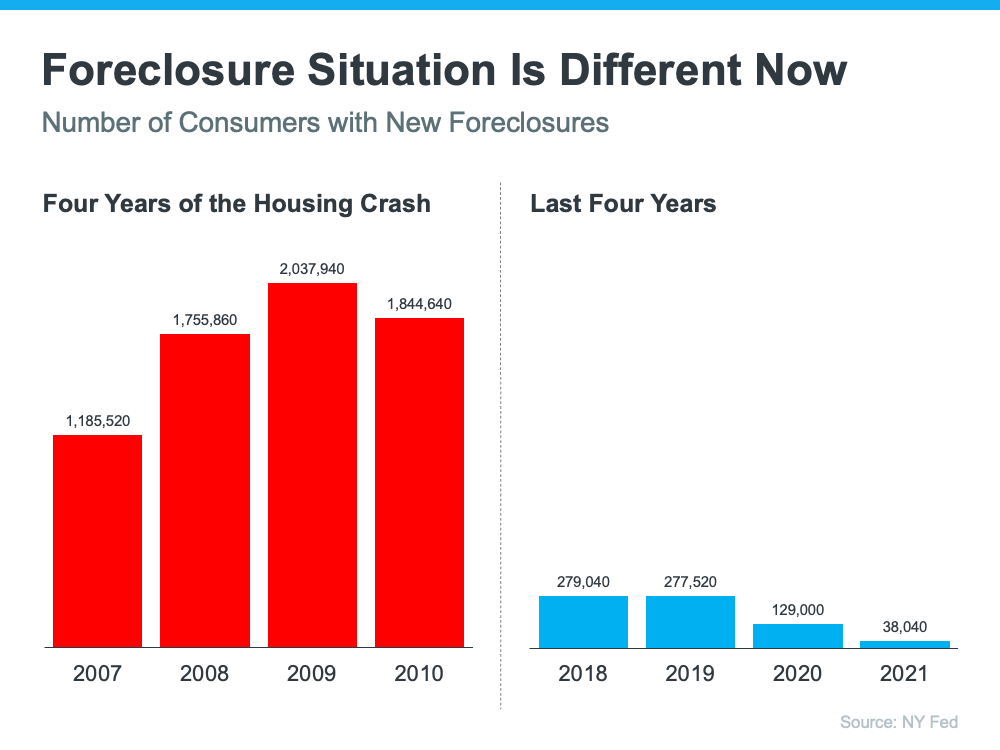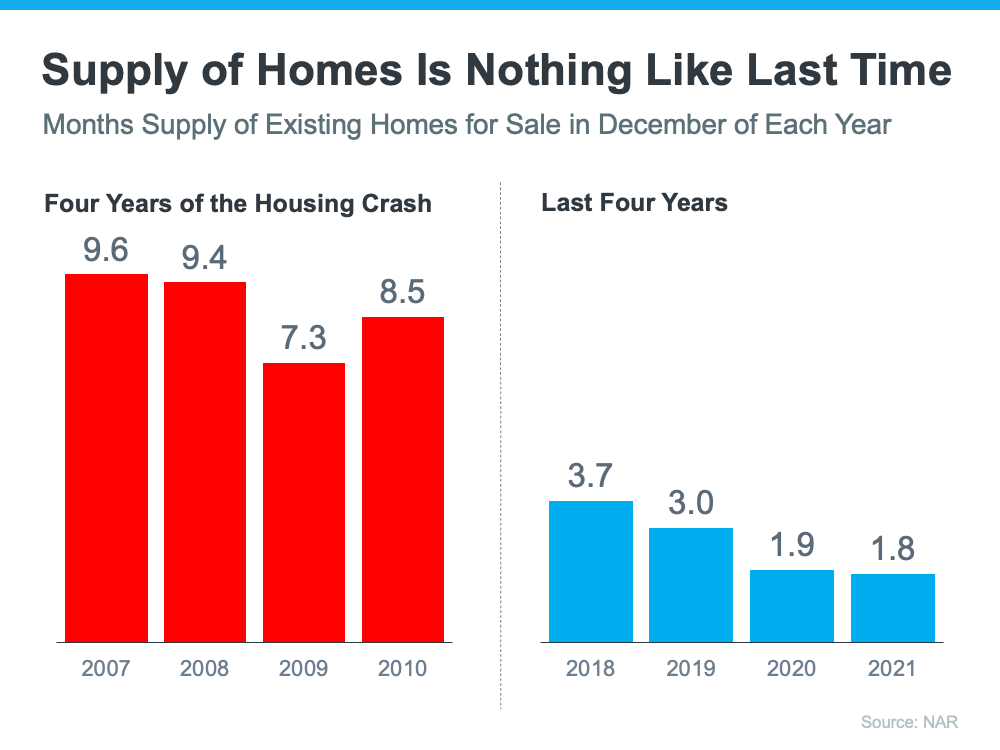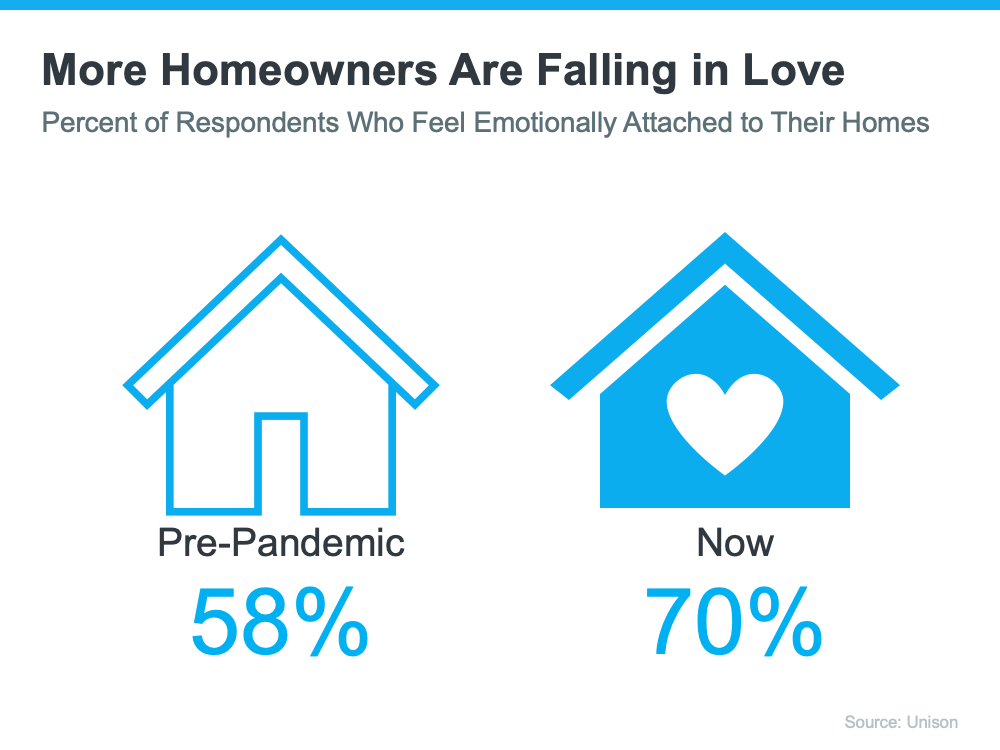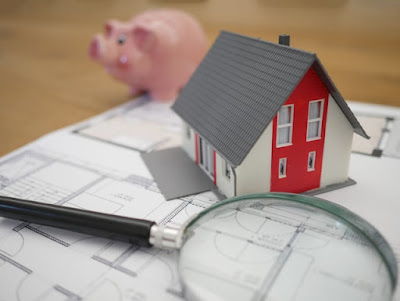Our Guest Author Today: Matthew Schwimmer
Perfect, ideal, dreamlike - these appear to be the words we chase throughout
our lives. The tricky thing about them is they often lead to heartbreak. When
the worst does happen, it can seem impossible to recover from. Still, if we
were to peel away a few layers and scratch under the surface, we would realize
that they are just words. Words we gave too much meaning to. Finding the
picture-perfect house is an arduous journey; it takes a lot out of you.
Reaching the finish line and having the rug pulled out from under your feet is
a horrible experience. As you crash to the ground, so do your dreams. Or do
they? See, the thing with words is, we misuse them. There is no one single
perfect object but many semiprecious ones. It's never as bad as it may seem.
Here is a quick guide on
how to cope when you lose the bidding war on
your dream home.
The Process of Grieving
Seems like a good place to start. Why? Simply because, even if you are the
most well-grounded, rational, logically-oriented person in the world, you can't
skip those feelings of anger and frustration. So, you should allow yourself to
go through the five well-known stages. As you slug through denial, anger,
bargaining, and depression, you will know you are one step closer to that
all-important acceptance. The sooner you get there, the quicker you
can get back on your feet. New houses await; new finish lines are calling to
you. Just keep this in mind, there are many impressive houses out there. Yes,
you missed out on one, but at the end of the day, you missed out on one.
This first stage is crucial, as you need to be clear-headed to
prepare for the subsequent phases.
The Learning Process
Mistakes are only helpful if we learn something from them. I understand that
at this point, you might be asking yourself if you had misread the title and
have entered into some kind of semi-hippy self-help section of the internet.
Don't worry; you haven't! I just needed to get the philosophical parts of the
recovery process out of the way first. See, in most cases, you will have
utilized the services of an agent, especially if you are buying your first home. They helped you with
the initial process of finding a home and making a bid. They can also help you
now that the deal has fallen through. Ask them why it didn't work out. This
knowledge will be crucial, as it means you can adjust your strategy
accordingly. It could stop you from losing the bidding war next time round.
Life
is one big learning experience, we never really leave the classroom, and the
more we know, the wiser our actions will be
The Budget
Now we get to the more practical part. An excellent place to start is your price
range. This is a good tip you can use at any time, but especially when
inventory is low and you are looking at a 'seller's market'. You will always
have several buyers competing for the same house in these cases, and a bidding
war is almost unavoidable. It would help if you had some bidding power.
You can acquire it by not looking at homes at the top of your budget. With
these homes, you are already stretched to the limit. If it is expected that the
house will sell, for example, at 10% over the initial asking price, you've
already lost the battle. Leave a little leeway; give yourself some wiggle room.
If you can offer 10% above the asking price and are bidding against others who
are already at the top of their max budget, the math is on your side! Another
aspect to consider is the
purchasing power, which is fortunately not all that difficult to calculate.
Never
have a couple of toys so perfectly encapsulated the process; you need to find
the perfect house in accordance with a realistic budget
Escalation Clause
This is a nifty little tool. It can seriously lower the chances of you being
outbid. It essentially means you are offering to pay a certain sum above the
highest bid the seller has received. In other words, you can't be taken out of
the running so easily by the aforementioned pesky rug at the end of the
finish line! Of course, you can set a limit, so the
opposite doesn't happen, and you end up offering way above what you can
realistically afford. You can also employ other tactics to make your offer more
attractive. Getting a pre-approval is all the rage in 2022, and for a good reason.
How to Cope When You Lose the Bidding War on Your Dream Home? Heard of the
80-20 Rule?
This lovely rule ties in quite neatly with what I was talking about earlier,
you know, when I seemed to be more concerned with the derivation of words and
your outlook on life rather than buying homes. What the rule boils down to is
that "no house is perfect." Say it with me; no house is perfect.
So if you are already on evolutionmoving.com
looking to get a quote for the move just because you think you've found a
one-of-a-kind home, hold on for a just little while longer. In most cases, the
most a home will fulfill is 80% of your requirements and wants. To be clear,
this is a very substantial amount. Hence, the illusion of perfection. The
problem is you think there are no more like it. Experience has taught us
otherwise. See, the next home could have a different 80%, some features that
the one you lost didn't. That could make it just as good, maybe even better.
Furthermore, there are some home features you can recreate. If you saw
something interesting, maybe think about how it could be implemented in a
different house.
Pause
Let's have a breather.
Better? Always helps when you slow things down. There is one more thing that
could help. It's circumstantial, as someone under pressure to find a home
doesn't have this luxury, but if you do, you can always wait for inventory to
improve. If homes, especially good ones, are scarce, playing the waiting game
for a bit could work to your advantage. In the meantime, you can always read up
on why the housing supply remains relatively low and plan accordingly.
How
to cope when you lose the bidding war on your dream home? Sometimes it's best
to take a break and wait for things to settle a little
Let's Take a Step Back
We haven't touched upon the actual process of buying your first home. Now
that you know how to handle the potential heartbreak of losing your first
bidding war, which, I hope you now see, is not all that tragic, let's take a
look at what comes before that. As a first-time buyer, there are many things
for you to consider. There is a lot to do from the initial decision to a list
of wants and needs, all the way through questions of financing, home
inspections, and finding a good realtor. Therefore, if you are a first-time buyer, be sure you are ready for what lies ahead. The
better prepared you are, the smoother the journey will be.
Closure
There you have it, how to cope when you lose the bidding war on your dream
home! As you can see, it's not as bleak as it may have initially appeared;
nothing in life ever is. Thought you were going to get out of this without a
big philosophical ending, did you? Fat chance! It may be tiring, it may be
frustrating, but once it's your turn to come out as the winner and you finally
move into your new home, you'll see it was worth it. After all, it's not about
the journey, but the destination, and what makes a home great are the people
living there, not hardwood floors and ceramics!
Guest Author:
Matthew Schwimmer, Blogger and Writer
https://evolutionmoving.com
Pictures Used:
https://pixabay.com/photos/money-home-coin-investment-2724245
https://unsplash.com/photos/OyCl7Y4y0Bk
https://unsplash.com/photos/NpTbVOkkom8
https://www.pexels.com/photo/keyboard-keys-in-a-bowl-8386425

